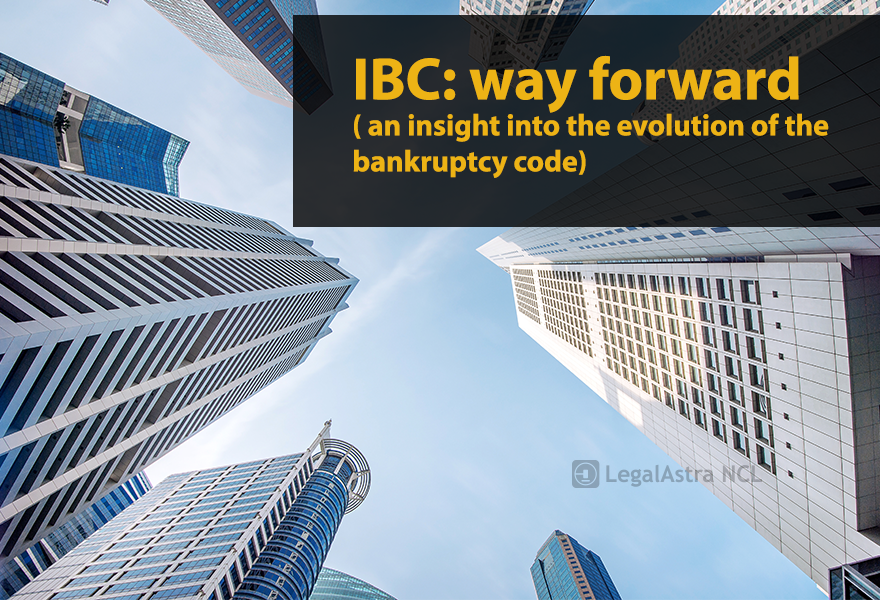Individual insolvency and bankruptcy were covered under the two pre-independence legislations: The Presidency Towns Insolvency Act, 1909, and the Provincial Insolvency Act, 1920. It should be noted that pending notification of the provisions relating to individual insolvency and bankruptcy under the Code, these statutes still continue to apply.


Track your NCLT / NCLAT cases or orders in your apple iOS / Google Android smartphones. Available for free trial period of 15 days.
For companies, the basic law dealing with their winding up or liquidation was the Companies Act, 1956. Although the Companies Act, 2013, replaced the Companies Act, 1956, the sections relating to winding up/liquidation under the 2013 act were not notified. Hence, till the enactment of the Code, provisions of the Companies Act, 1956, continued to govern winding up or liquidation of companies. Winding up could be triggered under the Companies Act, 1956, if a company was unable to pay its debt. Once winding up was triggered, liquidation would follow and there was no provision to mandatorily attempt rehabilitation or reorganization of the company prior to this. Further, liquidation itself would take several years (in the absence of any time-bound closure process). Now, with the enactment of the IBC, winding up due to an inability to pay debt cannot be triggered under the Companies Act, 1956, or the Companies Act, 2013. However, involuntary winding up of companies for non-insolvency-related reasons (for instance, if the company has defaulted on filing financial statements or annual returns for five consecutive financial years) can still be undertaken under the Companies Act, 2013. Various voluntary mechanisms for debt restructuring were formulated by the Indian banking regulator, the Reserve Bank of India (RBI), in the form of instructions or circulars to the banks: corporate debt restructuring, the joint lenders’ forum mechanism, strategic debt restructuring, outside strategic debt restructuring, and the Scheme for Strategic Structuring of Stressed Assets. Following the enactment of the Code, the RBI issued a revised framework for the resolution of stressed assets in its circular dated February 12, 2018, which led to the withdrawal of all previous mechanisms. Many cases were referred to and admitted for corporate insolvency resolution processes (CIRPs) subsequent to the circular. On April 2, 2019, the Supreme Court, in its judgment on Dharani Sugars & Chemicals Ltd. Vs. Union of India & Others [Transferred Case (Civil) No. 66 of 2018 in Transfer Petition (Civil) No. 1399 of 2018 with several Writ Petitions and Transferred Cases and an SLP], declared this circular ultra vires of section 35AA of the Banking Regulation Act, 1949, on the grounds that the law permits the RBI to give directions to banks on stressed assets, only on the Central Government’s authorization and in case of a specific default.
